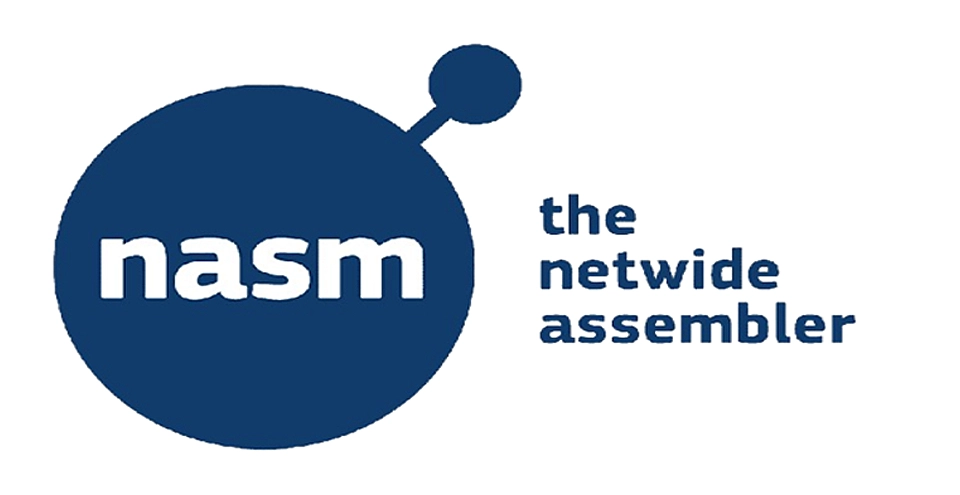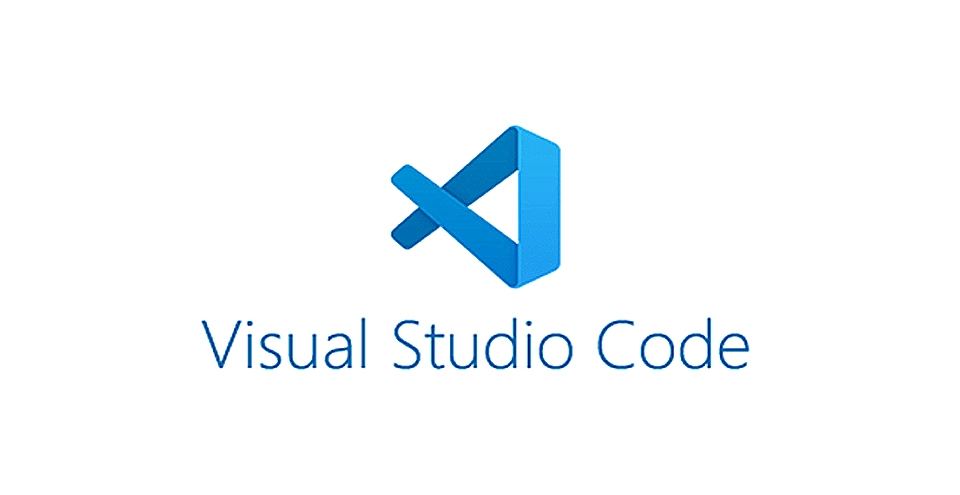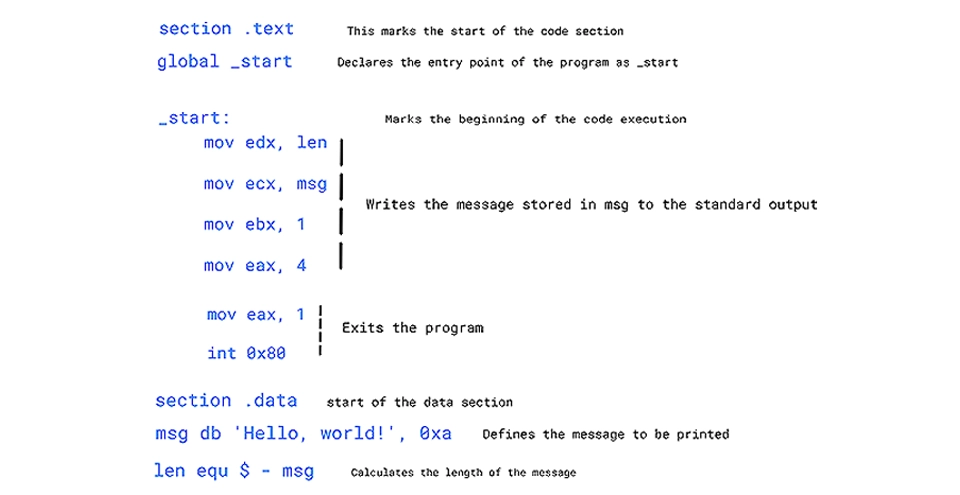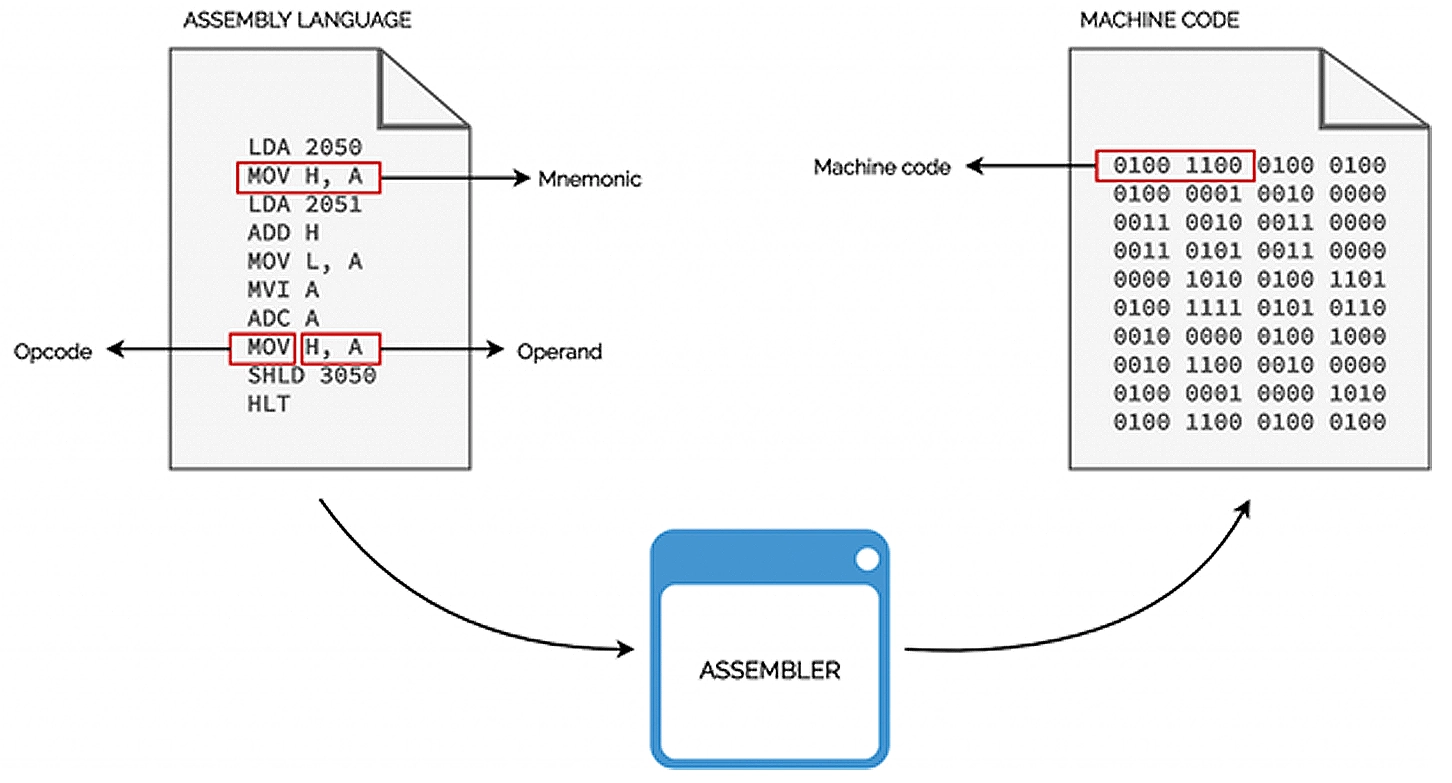
Assembly language programming is an intriguing field where programmers interact directly with the computer’s hardware. In this introductory guide to assembly language programming, we will cover its basics and simplify its syntax to equip you with the skills to write effective low-level code.
Whether you are interested in computer architecture or would like to delve into reverse engineering, this guide will open the doors to the world of assembly programming.
Understanding the Basics: Assembly language as a bridge between high-level languages and machine code. It is a symbolic representation of machine instructions. It facilitates direct correspondence between assembly instructions and binary code.
Simple Examples: Assembly instructions can perform arithmetic operations such as addition, subtraction, and multiplication directly on data stored in memory or registers. Below is an example:
mov eax, 5 ; Move the value 5 into the EAX register
add eax, 3 ; Add 3 to the value in the EAX register
Logic Operations: Assembly language supports logical operations like AND, OR, and NOT, which manipulate binary data at the bit level. See example below:
mov ebx, 0x0F ; Move the hexadecimal value 0x0F into the EBX register
not ebx ; Perform a bitwise NOT operation on the value in EBX

sudo apt install binutils gcc gdb nasm
This command should install the binutils package along with the other required packages (gcc, gdb, and nasm).
Visual Studio Code with assembly language extensions.

To get started with assembly language programming, we need to ensure that we have the necessary tools installed. Open a terminal window using the shortcut CTRL + ALT + T and execute the following command:
sudo apt install binutils gcc gdb nasm
This command installs essential packages like the GNU Compiler Collection (gcc), GNU Debugger (gdb), and the Netwide Assembler (nasm), among others
Now, let’s configure our Visual Studio Code workspace. Create an empty folder named “Assembly” anywhere on your system and open it in Visual Studio Code by executing:
mkdir Assembly
cd Assembly && code.
This opens the folder in Visual Studio Code. Next, create a new assembly language file by opening the integrated Terminal (CTRL+`) and executing:
touch test.asm
We’ve now created our assembly file. Let’s write a simple “Hello, world!” program. Paste the following code into test.asm:

Use this command below to convert test.asm to a binary executable file using NASM:
nasm -f elf32 test.asm -o test.o
After assembling the code, you need to link the object file to create the final executable binary. Use the command below:
ld -m elf_i386 test.o -o test
Once you have the executable binary test, you can execute it directly. Use the following command:
./test
For enhanced debugging experience in Visual Studio Code, you can choose to install the DamianKoper.gdb-debug extension. This extension provides convenient debugging features specifically tailored for GDB debugging in Visual Studio Code. Here’s the command line to install the DamianKoper.gdb-debug extension:
code --install-extension DamianKoper.gdb-debug
By installing this extension, you’ll have access to advanced debugging capabilities that can streamline your debugging process and provide additional insights into your assembly code. If you’re looking for a comprehensive debugging solution, this extension can be a valuable addition to your development toolkit.
Anatomy of an Assembly Program:
Conditional Statements: Assembly language provides conditional statements to execute code based on certain conditions. This includes if-else constructs, which allow the program to choose between different paths based on the result of a comparison.
Testing Conditions (CMP, TEST): The CMP instruction compares two values in assembly language and sets flags in the processor’s status register based on the result. The TEST instruction is similar but performs a bitwise AND operation, setting flags based on the result.
Loops: Loops are essential for executing repetitive tasks in assembly language. You can implement loops using conditional jumps. Common loop constructs include:
While loops: These loops execute code only if a given condition holds true.
For loops: These loops execute a block of code for a specific number of iterations.
Unconditional Jumps (JMP): Unconditional jumps allow the program to jump to a different section of code unconditionally. This is often used for branching to different parts of the program or implementing functions and subroutines.

In conclusion, delving into the world of assembly language programming unveils a profound understanding of how computers truly operate at their core.
While it may seem daunting at first, with patience and practice, beginners can grasp the fundamental concepts and gradually unravel the secrets hidden within the intricate layers of assembly code.
Adopting assembly language not only expands one’s programming skills but also provides greater insight into the inner workings of software and hardware systems.
When embarking on this exciting adventure, keep this in mind: each line of code you write brings you closer to mastery of this powerful tool and opens the doors of computing science. So, embrace the challenge, persevere through the complexities, and let your curiosity guide you as you uncover the secrets of assembly language programming.
Redfox Security is a diverse network of expert security consultants with a global mindset and a collaborative culture. If you are looking to improve your organization’s security posture, contact us today to discuss your security testing needs. Our team of security professionals can help you identify vulnerabilities and weaknesses in your systems and provide recommendations to remediate them.
Join us on our journey of growth and development by signing up for our comprehensive courses.
Redfox Cyber Security Inc.
8 The Green, Ste. A, Dover,
Delaware 19901,
United States.
info@redfoxsec.com
©️2024 Redfox Cyber Security Inc. All rights reserved.